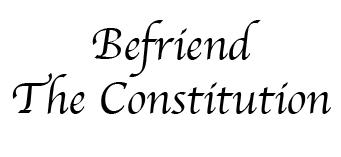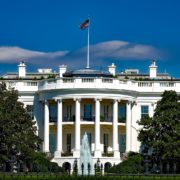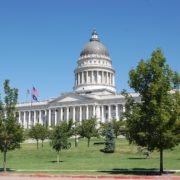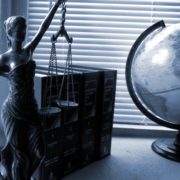Why is power divided between the three branches of the national government?
Those who drafted the Constitution wanted to be sure that those who worked in government did not become too powerful. They knew that people with power tend to want more power and that they tend to use their power to harm others. This is taught in the Doctrine and Covenants: “We have learned by sad experience that it is the nature and disposition of almost all men, as soon as they get a little authority, as they suppose, they will immediately begin to exercise unrighteous dominion.”
The Founders knew that the national government needed to be powerful enough to do its work. They also knew that the power given to the government needed to be kept under control to prevent individuals from becoming too powerful. They decided that the best way to control the power of government was to divide the power among different groups. The different groups would compete for power and keep each other under control. This would prevent individuals from gaining too much power.
The Constitution creates a government with three branches. Those branches are the legislative, the executive, and the judicial. Each branch is given certain powers that are well defined by the Constitution. The legislative branch makes the laws, the executive branch enforces the laws, and the judicial branch interprets the laws. Each branch is prevented from assuming any of the powers of the other branches.
The powers of government are divided between the branches in such a way that one branch cannot get enough power to take control of the government. Each branch is given power to prevent the other branches from overstepping their authority. One branch cannot take away the rights of the people without the help of the other branches. It would be very hard for one person or small group of people to gain control of all three branches of government.
The federal government is divided into three branches to spread the power of government among different groups so that one person or a small group of people cannot become so powerful that they can take away our rights.
Published October 25, 2016








